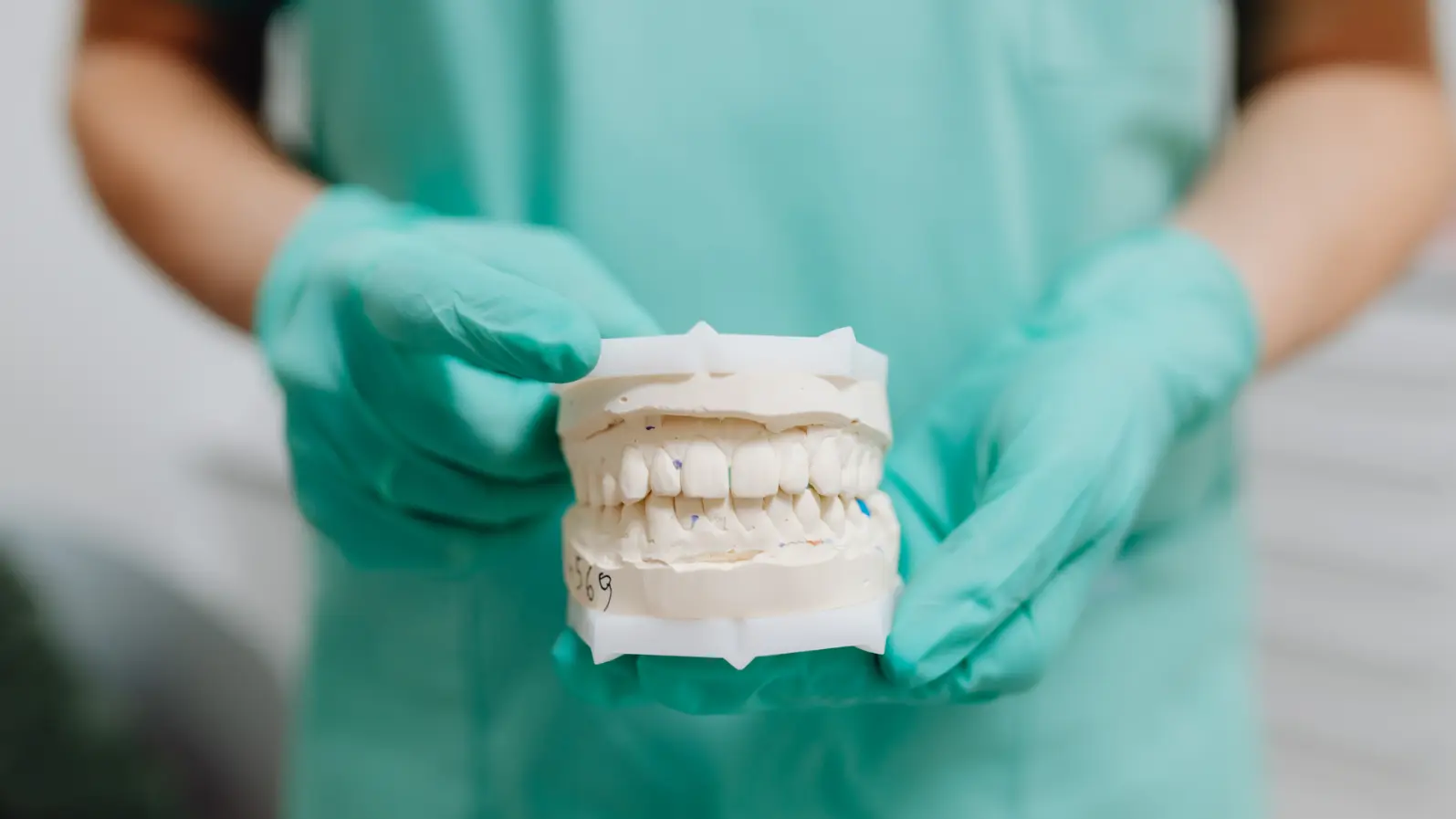
Light Makes It Easy: A New Dental Cement That “Lets Go” on Command
A breakthrough in removable dental adhesives
For decades, dentists have struggled with one recurring challenge: how to remove strong dental restorations like crowns, brackets, or temporary bridges without damaging the tooth underneath. A Japanese research team may have found the solution: a light-sensitive dental cement that weakens on demand when exposed to ultraviolet (UV) light.
The problem with today’s adhesives
Modern dental cements are designed for strength. Once cured, they form a durable, permanent bond that can withstand years of chewing and brushing. However, when restorations need to be removed or replaced, this same strength becomes a problem. Current removal methods often involve mechanical force or drilling, which can cause enamel cracks, surface loss, or patient discomfort.
A light-responsive material
Researchers led by Nobuhiko Yui from Tokyo Medical and Dental University developed a photodegradable polyrotaxane cross-linker a special molecule that can “break apart” when hit by UV light. These cross-linkers are built from a chain-like structure where ring molecules (α-cyclodextrins) are threaded along a polyethylene glycol (PEG) backbone. The key innovation lies in a chemical bond called an o-nitrobenzyl ester, which snaps open under light exposure.
When incorporated into standard dental resin cement, these light-sensitive molecules make the entire cement temporarily embrittle under UV light weakening the bond between the tooth and the restoration without heat or mechanical stress.
Putting it to the test
The researchers mixed the new light-degradable cross-linker (called MB-iNB-PRX) into a widely used adhesive resin, Super-Bond C&B. They then tested how strongly it held PMMA (polymethyl methacrylate) blocks to dentin surfaces before and after UV exposure.
The results were striking:
The cement maintained normal adhesive strength before light exposure.
After just 2 minutes of UV irradiation, the bond strength dropped significantly by more than half in some tests.
Microscopic analysis showed the cement itself became brittle, allowing clean separation between materials.
This means restorations could one day be removed non-invasively, simply by shining a specific wavelength of light.
Safe and selective control
The team also confirmed that the UV exposure used did not harm the resin or generate harmful byproducts. Importantly, the response could be precisely targeted since light can be directed only where debonding is needed. This approach leverages technology already common in dental clinics, such as light-curing devices used for resin fillings.
What’s next?
While promising, the study notes that more work is needed before clinical application. The UV light used (around 300 nm) has limited tissue penetration and potential phototoxicity. The authors suggest that by modifying the chemical structure, the material could be tuned to respond to safer, longer wavelengths of light (closer to visible light).
Still, this research opens the door to smart dental materials adhesives that can be strong when needed and easily removable on demand.
Citation:
Matsunaga S., Tamura A., Fushimi M., Santa H., Arisaka Y., Nikaido T., Tagami J., & Yui N.
Light-Embrittled Dental Resin Cements Containing Photodegradable Polyrotaxane Cross-Linkers for Attenuating Debonding Strength.
ACS Applied Polymer Materials, 2(12), 5756–5766 (2020).